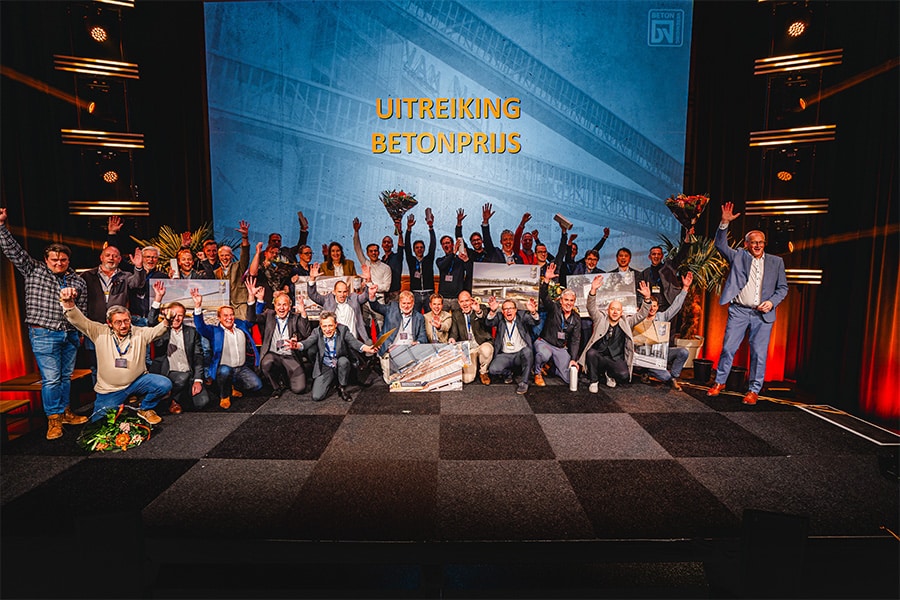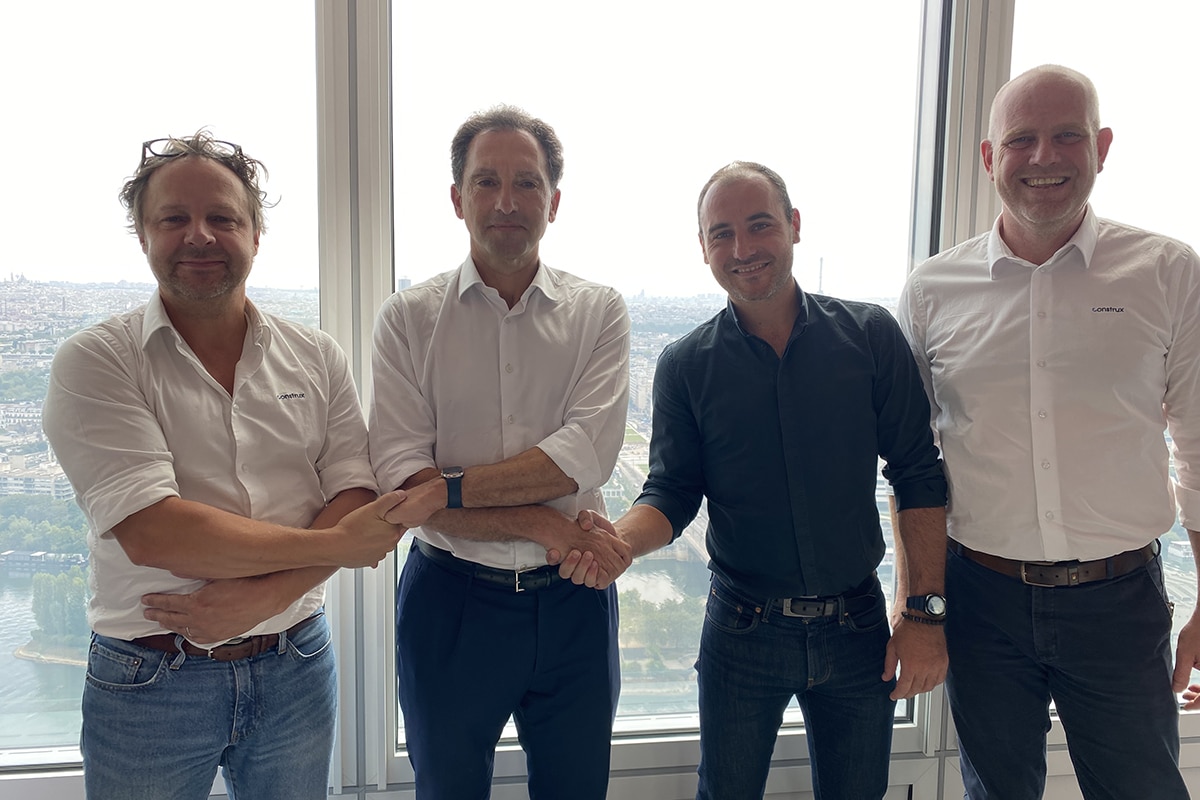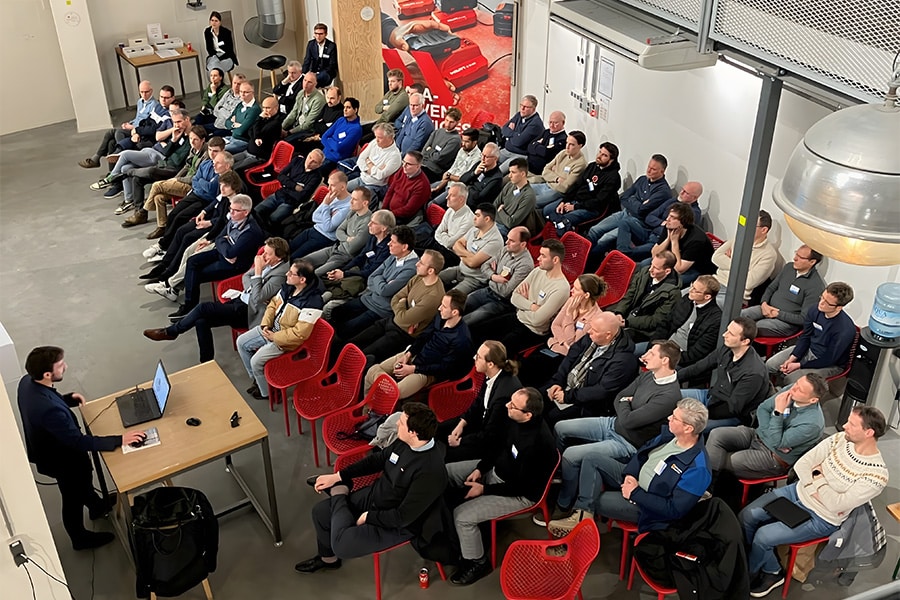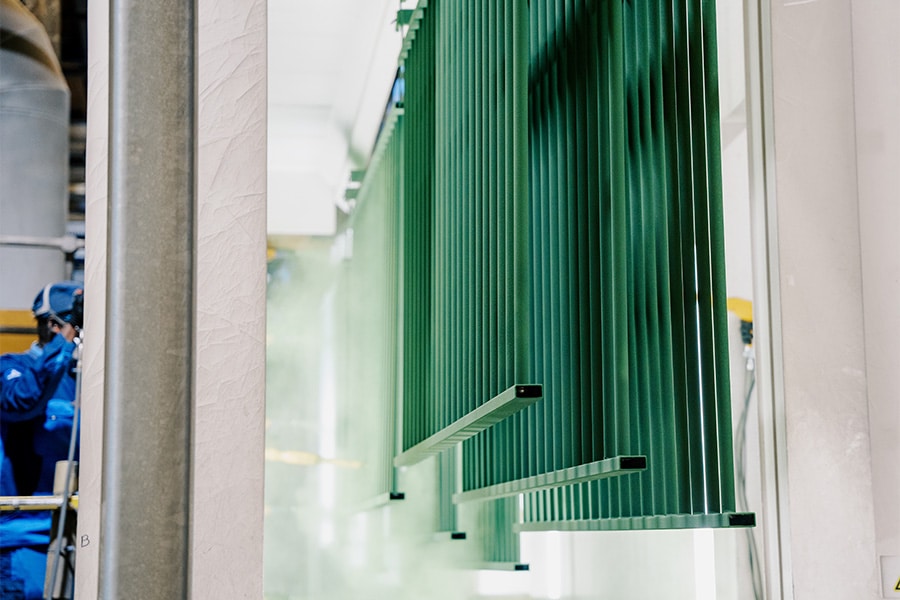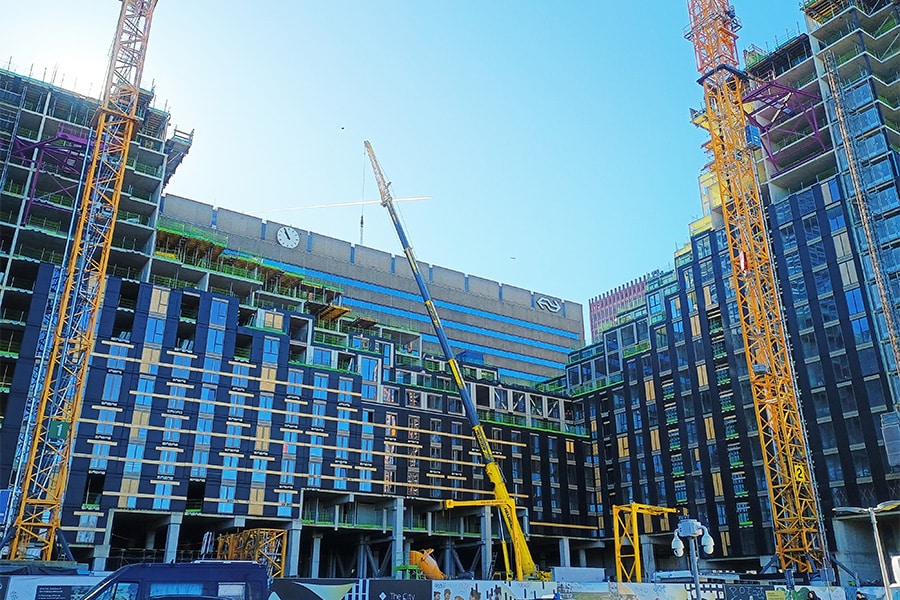
Residential towers near The Hague Central Station: a bit more sustainable than expected after all
Project manager Paul van Kats of contracting company J.P. van Eesteren gets a big smile around his mouth as he talks about the motivation of everyone involved in the construction of two tall residential towers near The Hague CS to make the current structural design as sustainable as possible. "Some do it out of a sustainable conviction, others are curious about how far you can go in reducing the use of Portland cement. It's nice that everyone has their own strong intrinsic motivation."
This motivation was particularly important when the use of blast furnace slag as a cement substitute seemed to have reached the lower limit. "You can't replace indefinitely, because then the curing of the concrete will also take too long," says concrete technologist Frans Hoksbergen of concrete mortar producer Dyckerhoff Basal. The search for other solutions resulted in a penthouse with CO2-neutral concrete, about which more later in this story.
17,000 cubic meters of concrete to be preserved
Hoksbergen deals with research and innovation at Dyckerhoff Basal and became involved in the Hague project more or less by chance. "A colleague was on vacation and I therefore joined," he says. 'The project' involves the construction of two residential towers next to The Hague CS: KJ The Hague, named after the Queen Julianaplein. Project manager Paul van Kats: "It involves two 93-meter-high towers with a valley in between. It houses 395 apartments. Of these, roughly one-third are for sale and two-thirds are rental, including over 50 social housing units." The developers are Amvest and Synchroon, united in Ontwikkelcombinatie Koningin Julianaplein (OCKJ).
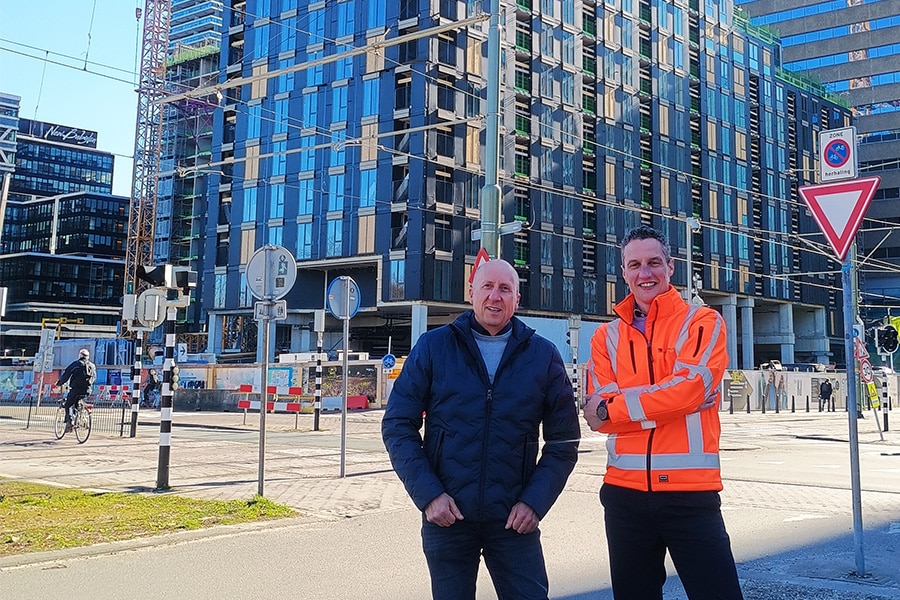
Curing time from 28 to 56 days
"It once started with a lecture on making structures more sustainable by sustainability consultant Niki Loonen of TBI, our client," says Van Kats. "What appealed to me was that you can make structures more sustainable and still keep both feet on the ground." Construction in The Hague seemed like a great project to do something with the sustainability ambitions. "We're talking about 17,000 cubic meters of concrete, so you can achieve some CO2 reduction on that," says the project manager. That can be achieved by replacing much of the Portland cement with blast furnace slag. But the lower the percentage of Portland is, the longer the concrete takes to cure. Van Kats: "The standard is that you achieve the characteristic strength of the concrete within 28 days. You achieve that with a fast mixture with Portland cement. With blast furnace slag in the mixture, it is not fully cured after 28 days. We asked Frans to make a mixture with less Portland. We succeeded, but with a curing time of 56 days." He goes on to explain, "Portland is mainly used for high strength classes. After all, you have to have high strength within 28 days then. So the trick was to make a high-strength concrete without Portland. The result then is that you have to give the mix longer to reach strength. Those are the 56 days."
Additional pressure testing
Since that is not strictly according to the standard, tests had to be done to prove the strength. "We drilled about 30 cylinders from the walls where we applied it and pressure tests were done with those to prove the strength after 56 days. And we passed with flying colors," says the project manager. Applying the more sustainable concrete in the walls of the building reduced the CO2 footprint on those particular cubic meters by 40 percent, according to Van Kats. "You can't get further than 110 kilograms of CO2 per cubic meter," he says.
CO2 negative
In the search for an even lower carbon footprint, the parties came upon biochar. This is pure carbon that remains after oxygen-free heating of wood (biomass). If that would be burned to generate heat, it binds to oxygen and you get CO2. By not doing that, you ensure that that CO2 does not get into the air. Van Kats: "Put flatly, biochar is CO2-negative. If you add that to concrete made with blast furnace slag, you can make CO2-neutral concrete. Our sister company Voorbij Prefab was already testing that." Hoksbergen: "Biochar is a powder that is added as a filler. It replaces in part sand and gravel by volume." There are also disadvantages: in its pure form it is rather highly flammable, which is why water is added.
Carbon retention
It is also supplied in pellets (pellets), which are easier to dose. Thus, CO2-neutral concrete can be made, which also binds carbon after its lifetime and ensures that CO2 is not still created in the distant future when the rubble is crushed. "It's stuck together at the molecular level, crushing doesn't affect that. Then you would have to heat it to 1,500 degrees," says Van Kats.
The CO2-neutral concrete mixture is not yet on the market, but it will soon have an application in the Park Tower penthouse. "We expect to start that in May or June 2025. Application in a utilitarian project is yet another step beyond testing in a lab."
